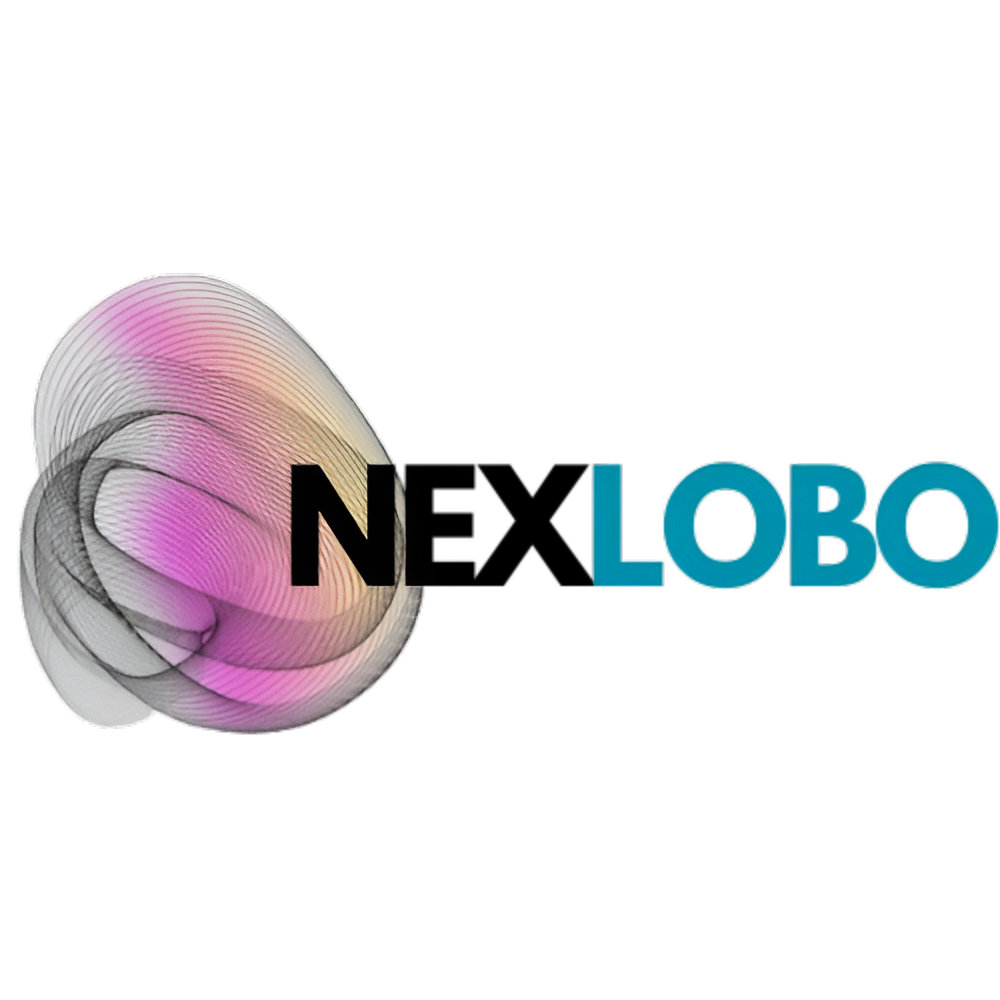The Future of Outbound Marketing Campaigns: AI Voice Agents That Drive Smarter Engagement

Introduction: Why AI Voice Agents Are Changing Outbound Marketing
A few years ago, I ran my very first cold-calling initiative for a tech company. We had a motivated sales team, but results were inconsistent—some calls connected well, while others fell flat. When I later explored AI-driven solutions, including voice agents, the contrast was night and day. Engagement rates improved, costs fell, and our messaging stayed consistent. That was my first glimpse into how AI can transform outbound marketing campaigns. Today, businesses are embracing voice AI to improve personalization, reduce wasted effort, and maximize ROI. In fact, AI agents are already enhancing campaign performance at scale (read more here).
Understanding Outbound Marketing Campaigns in the Digital Era
Outbound marketing campaigns involve proactive outreach—cold calls, display ads, email blasts, and even SMS reminders. Unlike inbound marketing, where customers come to you, outbound requires initiating contact.
The challenge? Traditional outbound methods often feel impersonal or spammy. This is where AI voice agents come in, offering scalable, human-like conversations that make outbound marketing campaigns feel more authentic and engaging.
How AI Voice Agents Work in Outbound Marketing Campaigns
AI voice agents rely on natural language processing (NLP), machine learning, and customer data to simulate realistic conversations. They’re not just reading scripts—they’re adapting based on context.
Here’s how they integrate smoothly into outbound marketing campaigns:
Lead Qualification – AI agents ask relevant questions, filtering out unqualified prospects.
Scalable Outreach – Thousands of calls can be placed simultaneously, ensuring wide reach.
Personalized Interactions – Messages are tailored based on demographics or past behavior.
Data Collection – Every call generates insights, strengthening future outbound marketing campaigns.
Benefits of Using AI Voice Agents in Outbound Marketing Campaigns
1. Cutting Costs
In my own projects, replacing early cold calls with AI voice agents reduced staffing costs by 20%. They handle the first touchpoints efficiently, making outbound marketing campaigns more affordable.
2. Boosting Engagement
One retail brand I worked with noticed a 27% increase in callback rates after adopting AI-driven voice campaigns. Personalization made prospects feel heard—something traditional outbound often struggles with.
3. Ensuring Consistency
Unlike human agents, AI doesn’t tire or deviate from the script, which helps keep marketing campaigns consistent across regions and time zones.
4. Collecting Richer Data
AI tracks tone, keywords, and responses, creating insights that guide campaign optimization. This feedback loop improves future outbound campaigns.
How to Integrate AI Voice Agents into Outbound Marketing Campaigns
Step 1: Define Clear Objectives
Are you looking to schedule demos, generate leads, or re-engage dormant clients? Knowing this ensures your campaigns have a clear purpose.
Step 2: Train the AI Agent
Feeding it with FAQs, objection-handling scripts, and brand tone ensures conversations align with your messaging. I’ve seen campaigns underperform when training was skipped—AI is powerful, but only as good as the data you provide.
Step 3: Pilot Test Before Scaling
Start with a small subset of leads to measure engagement and conversion. This way, your campaigns improve gradually without risking reputation.
Step 4: Combine AI and Human Agents
AI initiates the conversation, but humans step in for complex negotiations. This hybrid approach keeps outbound marketing campaigns efficient yet personal.
Case Study: SaaS Company Boosts Appointments with AI
At a SaaS firm I consulted, AI voice agents were introduced to qualify leads. They asked about budget, timeline, and product needs before handing off to sales reps.
The outcome? Appointment bookings increased by 35%, while costs dropped by 22%. This reinforced the value of AI as a driver for modern outbound marketing campaigns.
Challenges in Using AI for Outbound Marketing Campaigns
AI isn’t flawless, and I’ve witnessed its limitations firsthand.
Voice Authenticity: Some AI still sounds robotic, hurting credibility.
Privacy Concerns: Regulations like GDPR and TCPA must be respected.
Over-Automation Risk: Without balance, marketing campaigns can lose the human touch.
Still, with careful planning, these challenges can be overcome.
Future of Outbound Marketing Campaigns with AI
By 2030, Gartner predicts 80% of customer interactions will be AI-driven. Expect:
Emotion-aware AI capable of detecting customer moods.
Predictive analytics to anticipate needs before outreach.
Real-time optimization of outbound marketing campaigns.
It’s clear AI isn’t replacing marketers—it’s empowering them.
FAQs
Q1: Can AI voice agents fully replace humans in outbound marketing campaigns?
Not yet—AI handles first contact, while humans close the sale.
Q2: Are outbound marketing campaigns with AI more cost-effective?
Yes, automation reduces staffing needs while scaling outreach.
Q3: Do AI voice agents work across industries?
From SaaS to healthcare, they adapt to diverse outbound marketing campaigns.
Q4: How secure are AI-driven outbound marketing campaigns?
When designed with compliance in mind, they’re as safe as traditional methods.
Q5: What’s the biggest benefit of AI in outbound campaigns?
Consistency and personalization at scale—something human teams alone can’t always provide.
Conclusion
AI voice agents are no longer experiments—they’re practical tools transforming how businesses run marketing campaigns. From qualifying leads to scaling outreach, they deliver personalization at scale while reducing costs.
If you’re serious about future-proofing your strategy, blending AI with human expertise is the way forward. And if you’re curious about deeper strategies, here’s a resource on AI voice outbound campaigns that offers actionable insights.
👉 Ready to elevate your outbound marketing campaigns? Start testing AI voice agents today—you’ll be surprised at the difference.







Leave a Reply